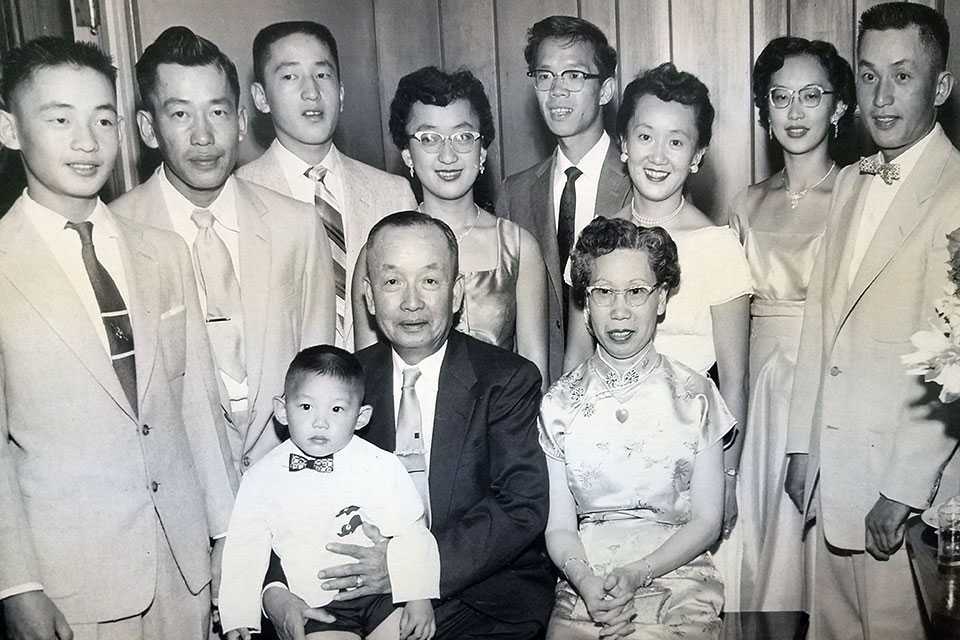Welcome Immigrants To the Farming Family (Opinion)
During the interview process for this month’s American Vegetable Grower cover story, Daniel Chin of Chin Farms sent over a short history of his family in the U.S. It’s fascinating.
His grandfather, Sam Wong, arrived on our shores in the early 1920s. He and his wife, a childhood friend from the Pearl River Delta area in China, started life in the Stockton, CA, area growing potatoes. The family tried potato growing in various locations during the years following, with a short stint as a restaurant owner.
In 1930, the family moved to Klamath Basin, where they’ve grown ever since.
Chin’s account of his family’s success in the U.S. is fully optimistic. But the U.S. was not a welcoming place for Chinese immigrants. From 1882 to 1943, The Chinese Exclusion Act prohibited entry to Chinese immigrants and denied them the right to become citizens.
A loophole law in 1915 that allowed merchant and restaurant owners a “merchant visa” opened a small door for immigrants like Wong to move to the U.S. But it wasn’t easy.
That age-old fear of new immigrants taking American jobs and old-fashioned racism allowed the harsh Chinese Exclusion Act to last so long.
The U.S. has come a long way from those years. Racism is no longer socially acceptable. And we’ve come to recognize that past waves of immigration created our wonderful American culture.
Yet attitudes to current immigrants echo past attitudes, albeit at a milder level. Many still fear what it means to be American will be lost. They fear Americans will lose job opportunities to newcomers.
Growers know that to be false. We desperately need labor. When I was younger, working on a farm was a common summer job for students. Today, summer jobs are at Starbucks.
Sam Wong and his descendants are typical Americans. They’re also exceptional, due to their hard work and continual efforts to improve their farm.
And like many Americans, Daniel Chin has embraced his heritage and found deep roots in China.
“I went to the Pearl River delta and found our ancestry. I am the thirty-second generation of Wongs in the village.”
Here’s hoping the Chins continue to farm their land for at least another 32 generations. And that many of today’s immigrants will have a similar story to tell in 100 years.
Oh, One More Thing
Saying Chinese immigrants faced an uphill battle between the 1850s and the end of World War II is an understatement. Here’s a timeline of significant rulings.
- 1854: The Supreme Court rules Chinese Americans cannot testify in court, effectively cutting them off from seeking justice. It all but legalizes violence and harassment. Native Americans and blacks are in the same boat. That ruling ended in 1882.
- 1882: The Chinese Exclusion Act suspends Chinese immigration for 10 years and makes immigrants already in the U.S. ineligible for naturalization.
- 1892: The Geary Act extends the Chinese Exclusion Act another 10 years. It also requires Chinese residents to carry documentation from the IRS. If anyone is caught not carrying these papers, they face hard labor and deportation.
- 1902: Congress removes the sunset clause on the Chinese Exclusion Act, making it permanent.
- 1915: A federal court rules merchants and restaurant owners can apply for merchant visas. This leads to a surge in Chinese immigration.
- 1943: Congress finally overturns Chinese Exclusion Act with the Magnuson Act. It allows Chinese immigrants and their American-born children and grandchildren to apply for citizenship.










